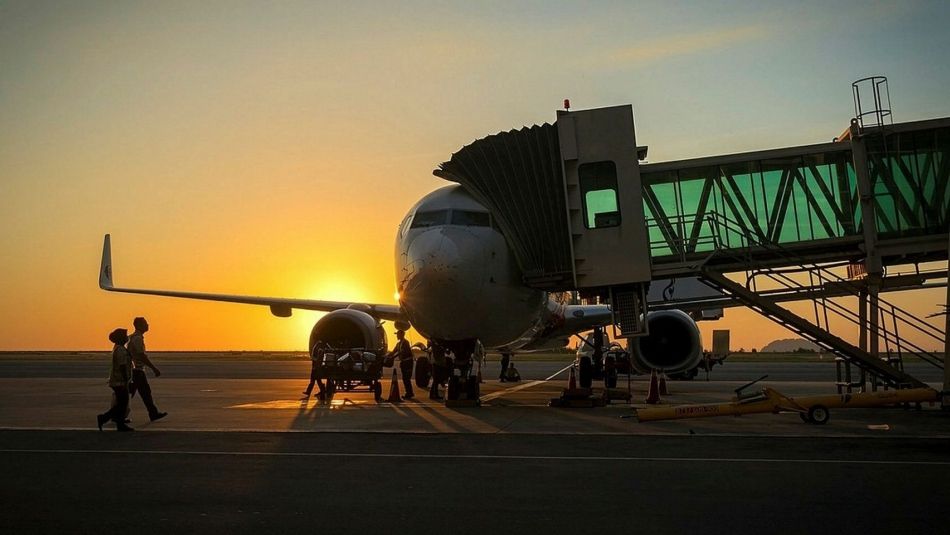
Share
Originally published in The Hill Times on November 28, 2022.
By Lana Payne
Canada’s aerospace sector is in a slow burning crisis. Workers have, out of frustration, issued many calls for proactive measures to help the industry.
Recently, the federal government gave strong signals to Unifor that more support for the industry is on its way. Recognition of the long-standing challenges faced by workers in the sector are indeed much-needed, and support is needed urgently.
At the height of the pandemic, virtually all passenger aircraft remained grounded and caused order books for new aircraft to dry up. The slowdown cascaded across the industry from original equipment manufacturers to parts suppliers, maintenance, repair and overhaul providers and even civil aviation flight simulator builders like CAE in Quebec.
Employment in the aerospace sector dropped by 15% during the initial lockdowns. Although some workers were recalled, by mid-2021 a full quarter of the workforce remained or were newly laid-off. Notably, hundreds of highly-skilled workers lost their jobs when De Havilland Canada decided to cease production of Q400 aircraft.
Initially, there was some hope that the situation would rebound as airports re-opened and passenger travel resumed in 2021, but that hasn’t materialized. Manufacturers continue to struggle both in terms of getting new work and attracting new workers.
The aerospace contribution to Canada’s GDP in Q2 2022 was 27% below its pre-pandemic level.
By August 2022, employment in the industry was still down 12% overall with significant declines in British Columbia (-37%), Ontario (-26%), Nova Scotia (-15%) and Quebec (-5%).
Each of these figures are bad enough on their own. But when combined with fears of a pending shortage of skilled workers, there’s a serious risk that the industry won’t even have the capacity for a full recovery.
To be clear, this problem is far from new. In fact, a chorus of unions and aerospace stakeholders have warned about the growing shortage of skilled workers for more than a decade.
For aerospace to thrive, Canada needs to make serious and deliberate efforts to stabilize the industry, better protect its integrity, while improving job quality and attracting young people into the sector’s workforce at the same time. The best way to attract workers is to ensure wages are fair and jobs are plentiful.
Doing so means continuing federal and provincial government financial support. Recent investments were warmly received, including the seven-year $1.75 billion commitment through the Federal Strategic Innovation Fund. But the current state of trade and procurement policies don’t go far enough to adequately protect these kinds of investments.
Recently, when deciding on the RCAF’s Future Aircrew Training program, Canadian content requirements were set at just 15% to win the contract. Canada’s project to replace the fleet of CF-18 fighter jets weighted Canadian content marginally better at 20%.
Undercutting Canadian content requirements undermines the very investment governments make in the industry. It cuts off a valuable source of revenue and runs contrary to policies put in place to protect the Canadian economy, namely the Industrial and Technological Benefits Policy. These policies are in place to ensure government procurement supports jobs, innovation and economic growth across Canada. It also correctly identifies Canada’s domestic industrial capacity – especially for aerospace and its inherent relationship with defence - as essential to maintain our national security. Therefore, higher Canadian content is required.
By extension, we can’t have industrial capacity without a highly-skilled and robust workforce.
Finding solutions to all these problems will take an all-hands-on-deck approach. That means bringing government, industry, academics and workers together.
The Federal Government is well positioned to make significant investment in the industry to both create jobs and develop key innovations. Canada’s aerospace workers have the potential to build everything Canada’s industry needs—whether its filling civil aviation transportation needs or national defence and security.
It could provide Canadians with good jobs and help Canada reach new milestones in research and development, all while fuelling cutting-edge technological advancement and economic growth. And it will – with the right course corrections.


